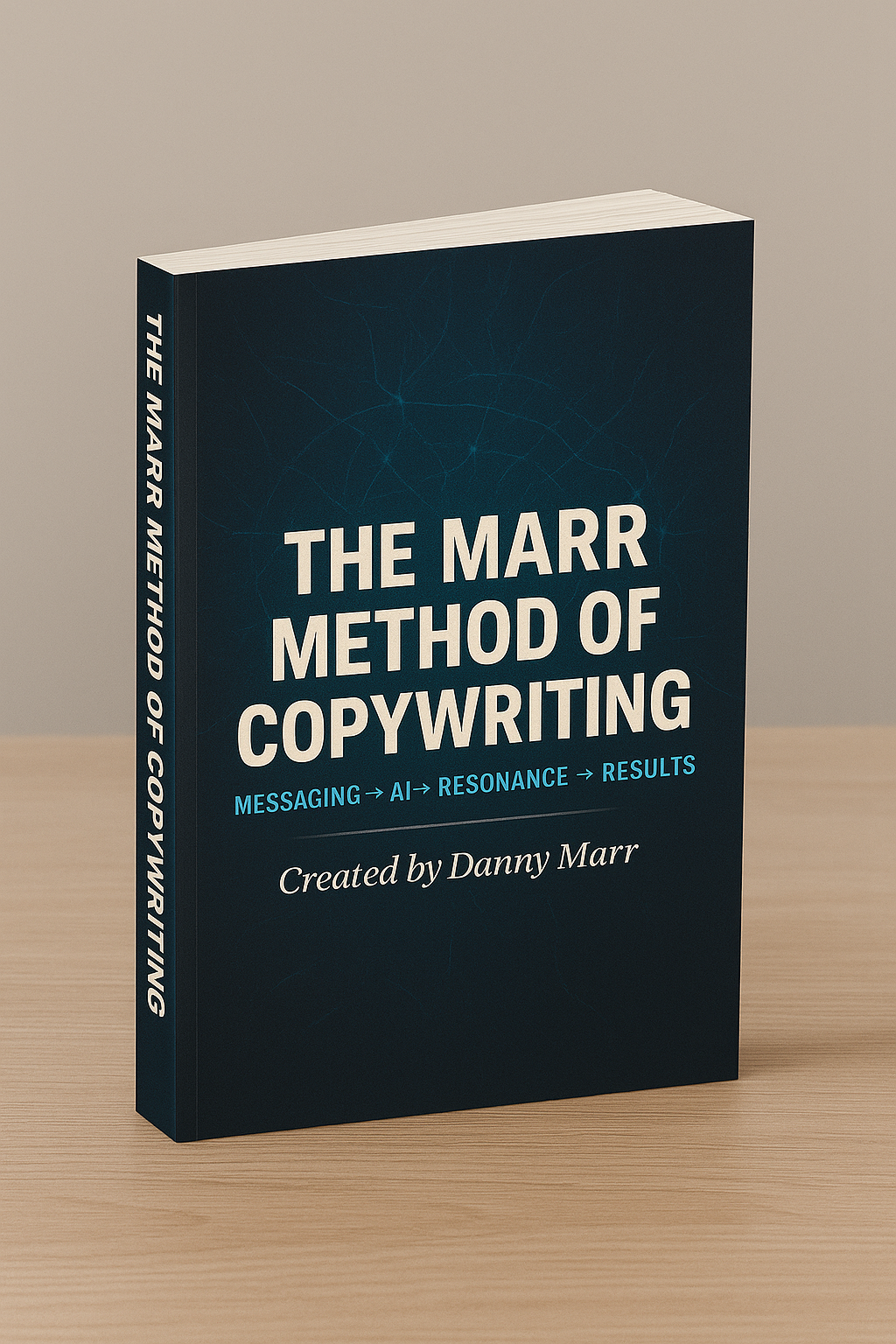
Introduction to Endless Stories
Stories that don’t reach a definitive ending can be incredibly powerful, drawing readers into a continuous process of questioning and imagining.
These narratives defy traditional storytelling conventions by deliberately leaving certain threads unresolved.
The allure of an open-ended story lies in its ability to engage readers on a deeper level, encouraging them to think beyond the written word and become active participants in the narrative.
One of the key techniques in creating such stories is to foster an atmosphere of mystery and intrigue.
By introducing plot elements that suggest multiple possible outcomes, authors can spark the curiosity of their audience.
For example, a detective story that ends with a crucial clue left unexplained can leave readers piecing together the mystery long after they’ve closed the book.
Another approach is to focus on character development in a way that leaves room for further growth.
Characters in open-ended stories often face dilemmas and challenges that aren’t fully resolved by the story’s conclusion.
This creates a sense of ongoing life, making characters feel more realistic and relatable.
Readers are then free to imagine how these characters might evolve, face new challenges, or find new adventures.
Settings also play a vital role in crafting stories with no ending.
An immersive world that feels rich with unexplored possibilities can captivate readers, making them eager to envision what might happen next.
Whether it’s a sprawling fantasy realm or a futuristic cityscape, a well-crafted setting can serve as fertile ground for endless storytelling.
Themes that are broad and universally relatable, such as the search for identity or the nature of reality, are especially suited for open-ended narratives.
These themes encourage readers to ponder and debate the underlying messages of the story, keeping the narrative alive in their minds.
Finally, successful open-ended stories often incorporate subtle clues and open questions that invite readers to delve deeper.
By strategically leaving certain aspects ambiguous, authors can transform their narratives into puzzles that readers feel compelled to solve, thus extending the life of the story far beyond its final page.
Crafting Open-Ended Narratives

Crafting open-ended narratives involves incorporating ambiguity that maintains reader interest throughout the story.
One way to achieve this is by leaving narrative gaps that challenge readers to fill in the blanks with their imaginations.
By keeping plot lines open, authors encourage ongoing speculation and engagement.
For example, consider a mystery that reveals only some pieces of the puzzle, allowing the audience to speculate on the rest.
Techniques like these ensure the narrative remains a topic of discussion long after the last page is turned.
Another effective strategy is to develop subplots that never reach full resolution.
These subplots can weave in and out of the main storyline, leaving behind tantalizing hints and unresolved questions.
For instance, an unexplained event in a character’s past can be subtly referenced without ever being fully explained, leaving readers to wonder about its significance.
Dialogue can also play a crucial role in crafting open-ended narratives.
Characters might have conversations that hint at future developments or reference events that are never fully explored.
This approach adds layers of complexity to the story, encouraging readers to read between the lines and form their own interpretations.
The use of symbolism and metaphor is another powerful tool.
By embedding deeper meanings within the story, authors can create a sense of depth that invites multiple interpretations.
A recurring motif or symbol can suggest various outcomes and themes without explicitly stating them, allowing readers to draw their own conclusions.
Additionally, pacing is key in maintaining the allure of an open-ended story.
By carefully controlling the flow of information, authors can create a rhythm that keeps readers hooked.
Gradual revelations, unexpected twists, and cliffhangers can all contribute to a narrative that feels perpetually in motion.
Finally, consider the power of an unresolved conflict.
Whether it’s an internal struggle within a character or an external battle between opposing forces, leaving a conflict open-ended can leave readers pondering the story’s possible resolutions.
This approach not only keeps the narrative alive in the minds of readers but also invites them to imagine the myriad directions the story could take.
Character Development Without Conclusion

In stories that never reach a final ending, character development takes on a unique dimension. Instead of following a traditional arc that leads to a clear resolution, characters in these stories often face ongoing challenges and growth.
This continuous development makes them feel more lifelike and relatable, as real people seldom have neat conclusions to their personal journeys.
Take, for example, the character of Holden Caulfield from “The Catcher in the Rye.”
Throughout the novel, Holden wrestles with his identity and place in the world, but the story leaves his future unresolved.
This lack of finality allows readers to ponder what might happen next, making Holden a character who remains compelling long after the book ends.
Another technique is to introduce dilemmas that can’t be easily solved, adding layers of complexity to the characters.
Consider the protagonist in a science fiction narrative who must choose between saving their family or their planet.
If the story ends before the choice is made, readers are left to grapple with the character’s potential decisions and their consequences, deepening their engagement with the narrative.
Open-ended character development also benefits from relationships that are left in flux.
A friendship or romance that faces unresolved tension can keep readers guessing about the future of these connections.
For instance, if two characters have an intense but unspoken attraction, and the story concludes without addressing it, readers are free to imagine multiple scenarios for how their relationship might evolve.
Dialogue serves as a powerful tool in this context.
Conversations that hint at unresolved issues or future possibilities can leave a lasting impression.
When characters discuss their hopes, fears, or plans without full closure, it invites readers to fill in the gaps, extending the story in their minds.
In essence, characters in open-ended narratives continue to grow and change, just like people in real life.
This ongoing evolution keeps them dynamic and engaging, allowing readers to invest deeply in their stories.
By leaving some aspects of character development unfinished, authors create a rich landscape for imagination and interpretation.
Setting the Scene for Infinite Possibilities

Creating a world that feels alive and ongoing is essential for an open-ended story.
This involves crafting a setting that naturally suggests further adventures and possibilities.
A vibrant, dynamic world provides a backdrop where stories with no ending can thrive.
The setting should feel as if it’s moving forward with or without the characters, encouraging readers to imagine future narratives.
To achieve this, focus on building a rich and detailed environment that invites exploration.
Whether it’s a bustling city teeming with diverse inhabitants or a mysterious forest filled with hidden secrets, the setting should be full of elements that pique curiosity.
These details can include everything from unique landmarks and cultural traditions to unexplained phenomena and untold histories.
For instance, consider the world of “Harry Potter.” The magical universe is so well-developed that it leaves room for countless stories beyond the main plot.
The intricate details of the wizarding world—such as the various magical creatures, spells, and locations—provide endless possibilities for new adventures, allowing readers to imagine what might happen next.
Another key aspect is to create a sense of movement within the setting.
Show that the world is evolving and changing, just like the real one.
Seasons change, new characters arrive, and old ones depart.
These dynamic elements make the setting feel alive and ever-changing, keeping readers engaged and eager to see what happens next.
In addition, the setting should have a history that feels deep and complex.
Reference past events, legends, or myths that shape the current state of the world.
This historical depth adds layers of meaning to the narrative, making the setting feel more real and lived-in.
Lastly, consider using the setting as a character in its own right.
Give it its own personality, conflicts, and growth.
This approach can add a unique dimension to the story, making the environment just as compelling as the characters themselves.
By creating a setting that feels alive and full of potential, you invite readers to imagine endless possibilities and become deeply invested in the world you’ve built.
The Role of Themes in Open-Ended Stories

Themes that naturally resist closure can enhance an open-ended narrative.
These themes are often complex, encouraging readers to interpret and reflect on them.
Themes such as love, loss, and identity invite ongoing exploration and discussion, making them perfect for stories with no ending.
They provide a rich ground for reader engagement, where everyone can draw different conclusions.
By focusing on universal themes, authors can create thought-provoking narratives that continue to resonate with audiences.
Themes like the search for meaning or the complexity of human relationships often leave room for more questions than answers.
For example, in a story where the theme is the pursuit of happiness, the narrative might show characters experiencing fleeting moments of joy but never quite finding lasting contentment.
This approach prompts readers to think about what happiness means to them and how it might be achieved.
Another effective theme for open-ended stories is moral ambiguity.
When characters face ethical dilemmas with no clear right or wrong answer, the story can end without resolving these conflicts.
Readers are then invited to ponder the moral implications long after they’ve finished reading.
For instance, a character might be forced to choose between loyalty to a friend and doing what’s right for the greater good.
Leaving this decision unresolved encourages readers to engage in their own moral reasoning.
The theme of self-discovery also lends itself well to open-ended narratives.
Stories focusing on characters’ journeys to understand themselves can conclude with the realization that self-discovery is an ongoing process.
This can leave readers contemplating their own paths and the continuous nature of personal growth.
By incorporating themes that resist easy answers, authors can create a rich tapestry of ideas that readers will want to explore further.
The complexity of these themes ensures that the story lingers in the reader’s mind, fostering a deeper connection to the narrative and its characters.
Examples of Successful Open-Ended Stories

Examining well-known books and films with ambiguous conclusions can provide valuable insights into the art of crafting open-ended stories.
Take “Inception,” for instance.
The film ends with a spinning top, leaving viewers questioning whether the protagonist is in reality or a dream.
This unresolved climax has sparked countless discussions, theories, and debates, illustrating how an ambiguous ending can keep a story alive in the audience’s mind.
Similarly, “The Giver” by Lois Lowry concludes on a note of uncertainty.
The protagonist, Jonas, escapes his dystopian society with a baby named Gabriel, and the story ends as they sled down a hill toward an unknown destination.
Readers are left to wonder whether they find safety or succumb to the harsh elements, which opens up a space for personal interpretation and ongoing engagement.
“The Road” by Cormac McCarthy offers another example.
The novel concludes with the fate of the main characters left uncertain.
After a harrowing journey through a post-apocalyptic landscape, the boy is taken in by a new family, but the future remains unclear.
This lack of resolution prompts readers to contemplate the boy’s survival and the broader themes of hope and resilience in a devastated world.
Television shows also excel in creating open-ended narratives.
The finale of “The Sopranos” is famously ambiguous, ending abruptly with a cut to black.
The uncertainty of Tony Soprano’s fate has kept fans speculating and re-watching the series for hidden clues.
Books like “Life of Pi” by Yann Martel take a different approach by offering multiple versions of the story’s events.
The reader is left to choose which version they believe, fostering active engagement and diverse interpretations.
These examples show how stories with open endings invite readers and viewers to become co-creators, filling in the gaps with their imaginations.
By not providing all the answers, these narratives extend their life beyond the final page or scene, encouraging continuous reflection and discussion.
Encouraging Reader Engagement

Active participation is key to making readers feel invested in open-ended stories.
One effective method is to pose questions directly within the narrative.
By having characters question their surroundings or their own choices, readers are prompted to think critically and form their own conclusions.
For instance, a character might wonder about the true intentions of an ally, leaving readers to speculate on potential betrayals or hidden motives.
Engaging readers also involves crafting multidimensional characters whose motivations and backgrounds are only partially revealed.
When readers don’t have all the answers, they are more likely to think deeply about the characters’ potential actions and decisions.
This can be achieved through revealing snippets of backstory or introducing conflicts that are hinted at but never fully resolved.
Interactive elements within the narrative can also heighten reader engagement.
Consider including footnotes, side stories, or even alternate endings that encourage readers to explore different facets of the story.
This not only adds depth but also gives readers a sense of control and involvement in the storytelling process.
Creating a community around the story can further amplify engagement.
Authors can encourage readers to discuss their interpretations and theories through forums, social media, or book clubs.
By fostering a space for discussion, the story lives on as readers share their perspectives and insights.
Additionally, employing cliffhangers or sudden twists can keep readers on their toes.
These techniques ensure that the story remains dynamic and unpredictable, compelling readers to keep thinking about it long after they’ve finished.
Finally, rich, evocative language that appeals to the senses can draw readers in and make the world of the story feel more tangible.
Descriptive passages that evoke strong imagery or emotions can create a lasting impact, encouraging readers to revisit the narrative and discover new layers each time.
Conclusion: The Beauty of Endless Stories

The allure of stories that defy a traditional conclusion lies in their ability to engage readers on a profound level.
By leaving certain elements unresolved, these narratives invite readers to step into the role of co-creators, piecing together clues and imagining countless possibilities.
This participatory aspect can lead to a richer, more personal connection with the story, as each reader brings their own interpretations and reflections to the table.
Open-ended stories also offer a more realistic portrayal of life, which rarely ties up neatly.
Characters continue to grow, settings evolve, and conflicts remain unresolved, mirroring the complexity and ongoing nature of the real world.
This authenticity can make narratives more relatable and impactful, resonating deeply with readers.
Moreover, these stories encourage active engagement and discussion, fostering a community of readers who share their theories and insights.
By sparking conversation and debate, open-ended narratives extend their life beyond the final page, creating a lasting legacy.
As a writer, embracing the open-ended approach allows for greater creative freedom and innovation.
It provides an opportunity to explore complex themes and characters without the constraints of a definitive ending.
This can lead to more thought-provoking and emotionally resonant stories that stand the test of time.
In essence, the beauty of an endless story is its capacity to remain alive in the minds of readers, offering new insights and experiences with each revisit.
It’s a powerful tool for any storyteller looking to craft narratives that leave a lasting impression.
💡 Quick question before you go:
Are you using AI in your copywriting — or letting it use you?
Take the 2-minute quiz to uncover your Copywriting + AI Style, get your personalized analysis, and receive a free copy of The Marr Method of Copywriting.
 👉 Take the Quiz — Unlock Your Style
👉 Take the Quiz — Unlock Your Style
